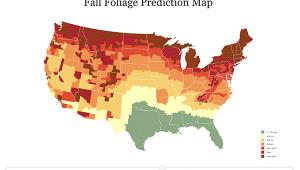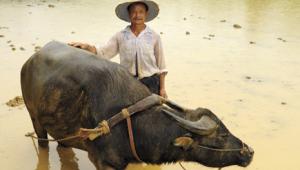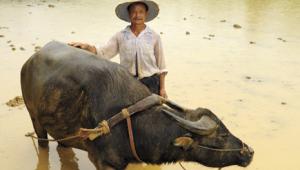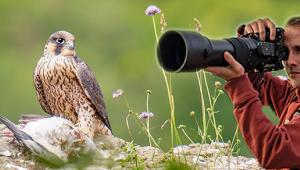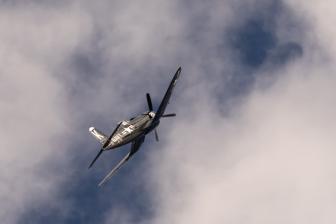Wider Worlds; Getting Closer To The Story
Ten years ago, when I was primarily a fashion photographer, I did a shoot in Cuba. Normally I’d have used medium and long telephoto lenses, but because the narrow streets I was shooting on featured colorfully painted walls, I switched to a 35mm lens. With that lens I was able to show not only the models but also the background, which revealed a bit about the location. Equally important, I had better rapport with the models simply by being closer to them as I worked.
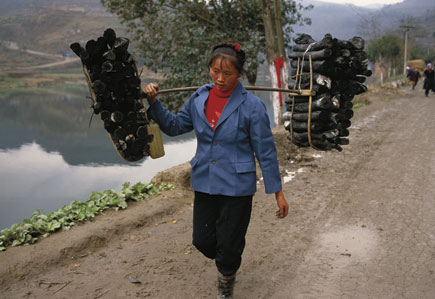 |
|
|
That shoot influenced my lens choice for years to come, and I carried my preference for the 35mm with me when I began to concentrate on shooting travel and documentary photography. I’d guess that now I use that lens 60 to 70 percent of the time, and it’s certainly influenced the way I compose pictures. Many of my images are arranged so that the backgrounds suggest something about the lives of the people I’m photographing, which is why I call the 35mm “the lens that gets you into people’s lives.”
This approach is personally satisfying for me and it’s also good business, as these are the kinds of pictures that magazines, stock agencies, and websites want. They prefer some sort of narrative, some indication of what the people and their lives are all about. Which means that I have an added responsibility: I have to understand what the background signifies. Essentially, I have to know the caption for the photo.
 |
|
|
 |
|
|
I’ve discovered distinct advantages to working with the 35mm lens. As I mentioned, improved composition is one. I tell people that if they want to see their composition improve in a short period of time, they should work with a 35mm lens rather than a telephoto or a zoom. In fact, I think that by using only a zoom lens, a lot of beginning photographers limit their development of a point of view. With a zoom you stand there, zoom the lens in and out and let the lens show you the compositional choices. With a 35mm, you’ve got to make the decisions, and that’s where point of view comes from. You start creating things in the frame; you begin to know exactly where to position yourself and what you’re going to include in the background. That’s the first thing I decide when I’m ready to shoot: what I want in the background. And then, what do I know, or need to know, about that background.
- Log in or register to post comments
